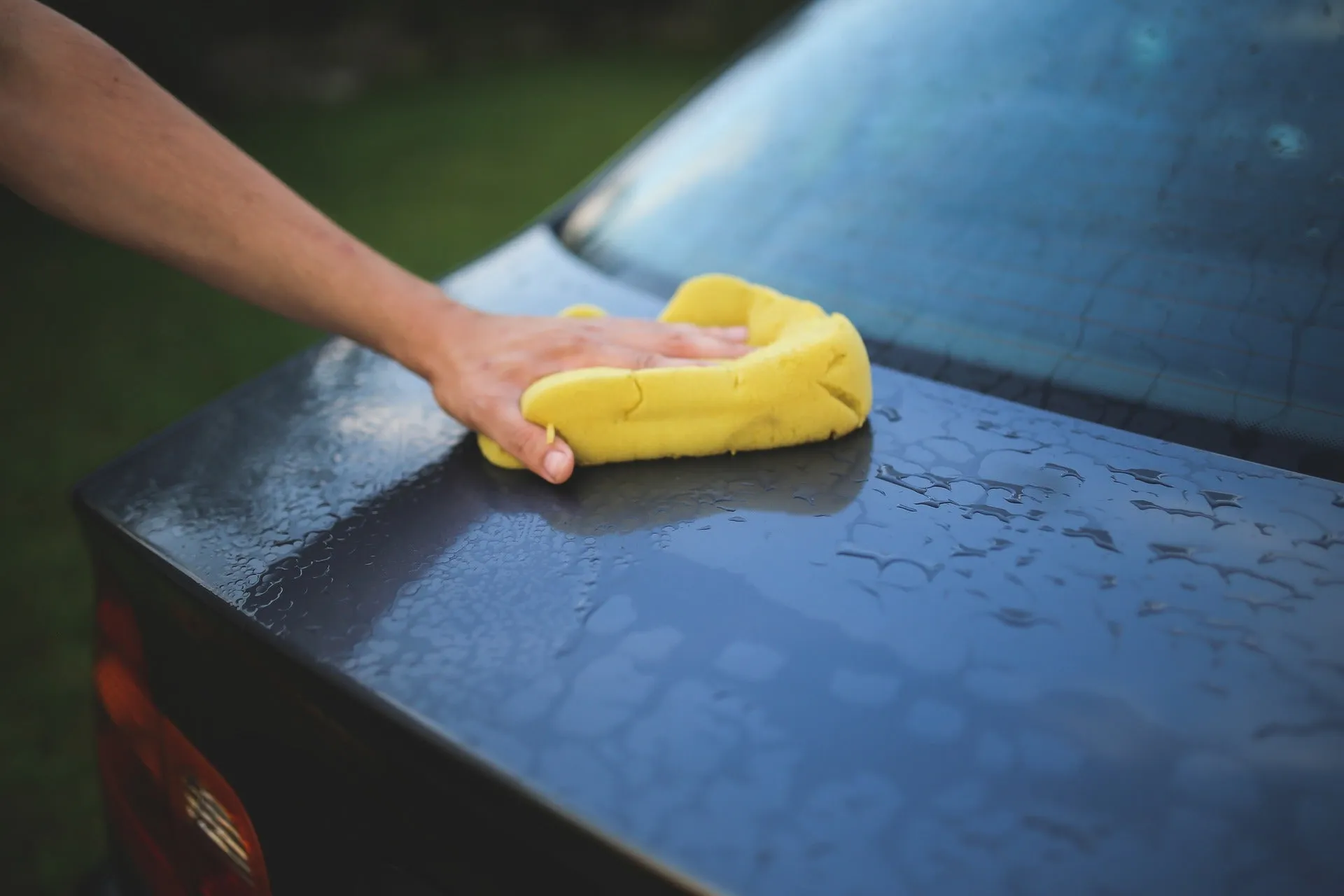Smart car washing
Washing vehicles on hard surfaces transports contaminants such as dust, mud and silt from the vehicle into the stormwater system and from there directly to our waterways and beaches.

This information is available as an information sheet (DOCX, 1.88MB).
Aquatic vegetation is lost through large quantities of these sediments entering waterways and reducing light infiltration required to maintain growth. Smothering of aquatic vegetation may also occur when heavy sediment loads are flushed from the storm-water system during heavy rainfall events.
Loss of aquatic vegetation reduces wildlife habitat and food for fish, crustaceans and other beneficial organisms. Even harmful chemicals such as petrol and oil, heavy metals and worn tyre particles may be washed from the car and transported in the soapy suds into our waterways. They are then stored in the sediments in the bed and banks of the creek, canal or lake.
Detergents used for household cleaning or washing vehicles contain high levels of nitrogen and phosphorus. This nutrient rich soapy water can cause excessive nutrient loads in natural or manmade waterways such as rivers, canals and lakes.This increase in nutrients may cause excessive aquatic plant growth or algal blooms.
Both of these problems are expensive to remedy and incur a high level of expenditure by council and ratepayers each year.
How can I assist?
Rather than washing your car down on a hard driveway, where the suds and contaminants are washed directly in to the stormwater system, you can help protect the quality of water in our waterways and oceans by:
- brushing down your vehicle prior to washing to remove excess dust and reduce the amount of water and detergent required
- using minimal amounts of low phosphorus and low nitrogen detergent
- parking your vehicle on the lawn prior to cleaning. The bonus from doing this is that the water and nutrients are absorbed by the lawn and converted to lush new growth
- using a bucket to wash down and rinse off the vehicle to minimise both runoff and water use
- avoiding washing vehicles in wet weather when the ground is already waterlogged as this will prevent further water being absorbed into the soil.
